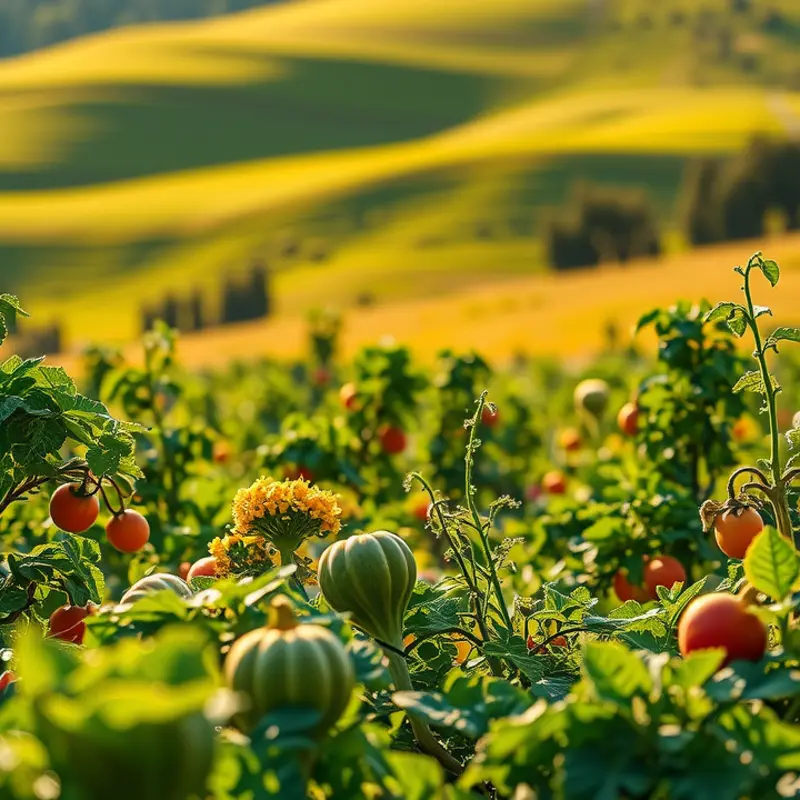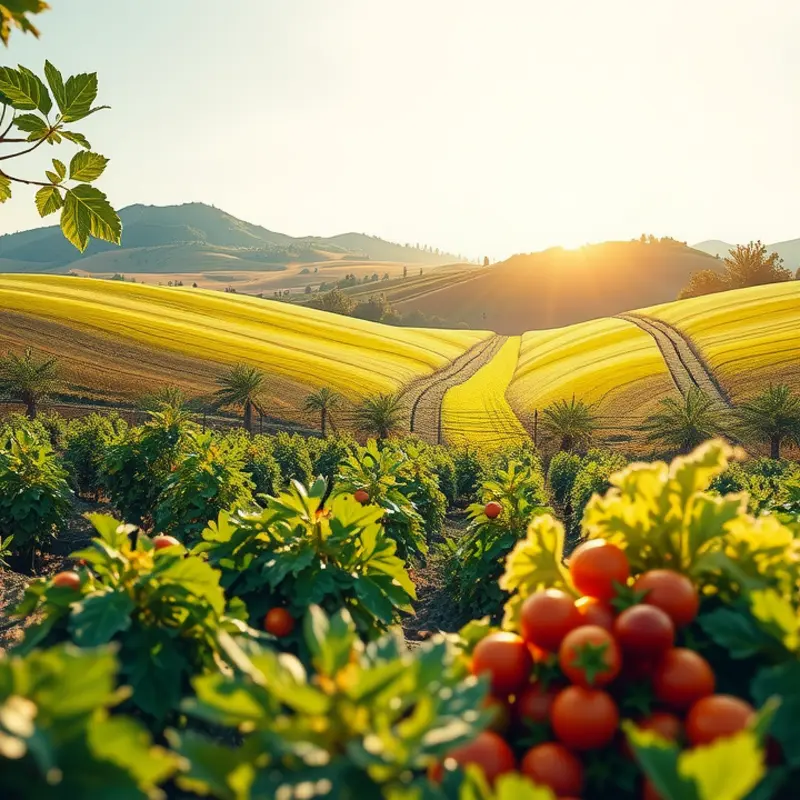Proper fruit storage is essential not only for enhancing flavor but also for maximizing nutritional value and preventing waste. By employing effective techniques, you can ensure that your fruits remain fresh for longer, reduce spoilage, and manage your food supply more efficiently. This guide covers essential tips and strategies to help you keep your fruits at their peak, whether it’s in the fridge or at room temperature.
Understanding Ideal Storage Conditions

Storing fruits correctly extends their freshness and prevents unnecessary waste. The longevity of your fruit largely depends on three key factors: temperature, humidity, and ethylene gas exposure. Each type of fruit has unique storage needs, and understanding these can lead to better preservation results.
Temperature plays a crucial role in fruit storage. Some fruits thrive at cooler temperatures, while others are best kept at room temperature until they ripen. For instance, berries, grapes, and apples maintain their freshness when stored in the refrigerator. Apples, in particular, can last several weeks if kept cold, as opposed to a few days at room temperature.
Conversely, fruits like bananas, citrus fruits, and avocados prefer a warmer environment. Allowing avocados to ripen at room temperature before transferring them to a cooler setting can prevent them from over-ripening too quickly. Similarly, bananas will turn brown faster if refrigerated, as the cold damages their cells, leading to quicker spoilage.
Humidity is another vital factor in preserving fruits. Refrigerators can often strip fruits of their natural moisture, leading to dehydration and shriveling. To counteract this, store delicate fruits like berries in a breathable container or inside the crisper drawer with higher humidity settings if available.
On the other hand, vegetables like cucumbers and leafy greens benefit from dry conditions and should be kept separately from fruits. This approach minimizes the loss of moisture in fruits susceptible to dryness.
Ethylene gas is a natural byproduct of fruit ripening. Some fruits produce a significant amount of ethylene gas, accelerating the ripening process of other nearby fruits. For example, apples and bananas are high ethylene producers. Storing them separately from ethylene-sensitive fruits like strawberries and raspberries is crucial to prevent premature spoilage.
Understanding how these elements interact allows us to better manage fruit storage. By keeping ethylene producers apart from sensitive fruits, and adjusting humidity and temperature according to fruit type, we can significantly extend their shelf life.
To further explore sustainable and eco-friendly storage solutions, the eco-smart kitchen storage guide can offer additional insights. Implementing these strategies not only keeps your fruit fresh for longer but also aligns with environmentally conscious living.
Incorporating these practices into your fruit storage routine helps ensure you enjoy the tastiest, healthiest produce possible while minimizing waste in the process.
Practical Tips for Long-Lasting Freshness

Optimizing fruit longevity starts with proper preparation and meticulous storage techniques. Begin by thoroughly rinsing all fruits under cool, running water to remove dirt and potential contaminants. Avoid rinsing berries until just before consumption to prevent premature spoilage due to moisture.
Once cleaned, determine if the fruit is best stored whole or pre-cut. Whole fruits like apples, pears, and citrus last longer due to their intact natural barriers. Meanwhile, certain fruits, such as cantaloupes and pineapples, can benefit from being pre-cut and stored in air-tight containers to save space and promote freshness.
When cutting fruits intended for later consumption, consider adding a splash of citrus juice as a natural preservative, particularly for apples and bananas. The acidity helps delay oxidation, maintaining their color and texture. Layer sliced fruits carefully in containers, ensuring minimal contact between pieces to prevent bruising.
Opt for air-tight containers whenever possible. These containers reduce exposure to oxygen, which slows down the ripening process. If you don’t have air-tight options, resealable plastic bags can serve as a temporary solution but limit their use to reduce plastic waste. For an eco-friendlier alternative, explore options like beeswax wraps or silicone covers.
Another significant consideration is temperature. Store delicate fruits such as strawberries, grapes, and cherries in the refrigerator’s humidity-controlled drawers. Maintaining a steady temperature helps these fruits stay crisp and prevents them from wilting. Countertop storage is ideal for bananas and avocados until they reach the desired ripeness. Once ripe, moving them to the refrigerator can help extend their usability by a few days.
Timing your consumption is key to maximizing both freshness and nutritional benefits. Generally, fruits reach their peak nutritional profile when they are fully ripe. Consume fruits like berries and cherries shortly after purchasing, as their high water content makes them prone to quicker spoilage. For fruits like apples or oranges, a few weeks in optimal storage conditions won’t significantly diminish their nutritional value.
Frequent assessment of your stored fruits is crucial. Remove any spoiled item promptly to prevent ethylene gas from accelerating the ripening of nearby fruits. This simple check can prevent waste and prolong the overall lifespan of your stored goods.
By adopting these practical methods, you can significantly decrease food waste and ensure your fruits remain fresh and nutrient-rich for longer. For additional tips on eco-friendly storage practices, consider exploring methods discussed in ‘Eco-Smart Kitchen Storage‘.
Final words
Effective fruit storage is key to reducing food waste and enhancing your home food management. By understanding the ideal conditions for various fruits and deploying practical storage techniques, you can significantly extend their shelf life. Make informed storage choices to enjoy the full flavor and nutritional benefits of your fruits. Incorporating these approaches into your daily routine will not only help you save money but also promote a healthier lifestyle by encouraging the consumption of fresh produce.







